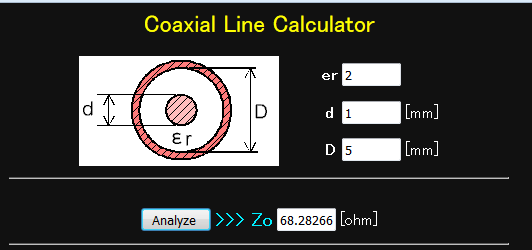The characteristic impedance of a cable is this mathematically: -
\$Z_0 = \sqrt{\dfrac{R + jwL}{G + jwC}}\$
Where
- R is the series ohms per metre
- G is the parallel conductivity per metre
- L is the series inductance per metre
- C is the parallel capacitance per metre
It has nothing to do with the overall length of the cable. It has everything to do with the ratios of the parameters listed in the equation above.
Simplifications exist - at above about 1MHz you can say that inductive reactance dominates series resistance and capacitive effects dominate the leakage conductance. This makes the equation: -
\$Z_0 = \sqrt{\dfrac{L}{C}}\$
If you are testing at 100 Hz you won't get any sensible indication of characteristic impedance. In fact at 100 Hz it makes no sense to terminate the cable at all.
If you want to know how characteristic impedance is determined try a few experiments using this website: -

If you are intent on understanding the attenuation at 100 Hz then use only R and C and, because standing waves will be virtually non-existent, you can consider R and C as lumped parameters equivalent to the whole length of the cable.
For instance, find a coax spec and look-up the capacitance per unit length and resistance per unit length and convert to equivalent values for your cable length. Basically you get an RC low pass filter with maybe 2 ohm and 1nF (numbers off the top of my head for 10m of cable).
Ask your self how much attenuation is going to happen at 100 Hz. Not much is my impression because the basic cut-off frequency is 79 MHz but, for a cable that is 1 km long, R might be 200 ohms and C might be 200nF and the cut-off frequency will be more like 2 kHz and you will start to see 100 Hz sinewaves being attenuated a little bit.


